Russian train engine initialization sequence (Тепловоз)
2
0
13 vistas
Publicado en 25 May 2025 / En
Cine y Animación
Russian train engine initialization sequence (Тепловоз).
Video originall titled: Тепловоз, ГОРИИИМ!!!!.
Video is not owned by me.
Mostrar más
0



 RT
RT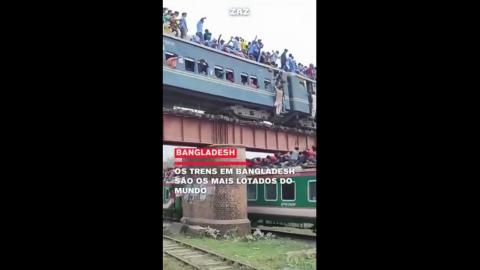
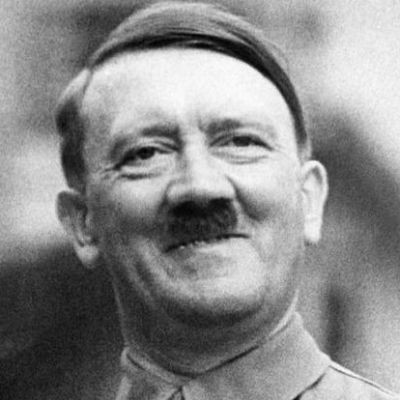 Life_N_Times_of_Shane_T_Hanson
Life_N_Times_of_Shane_T_Hanson




 Timcast IRL
Timcast IRL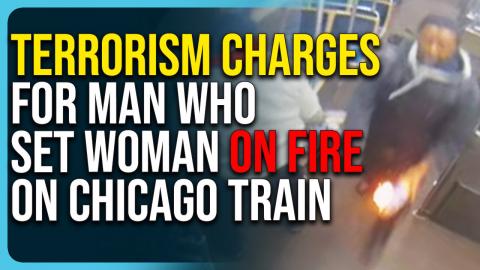
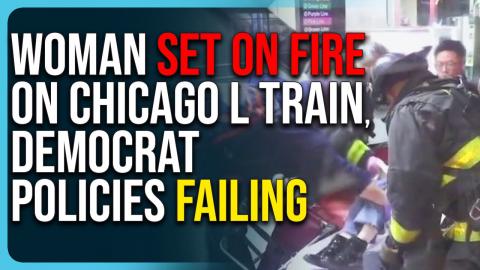
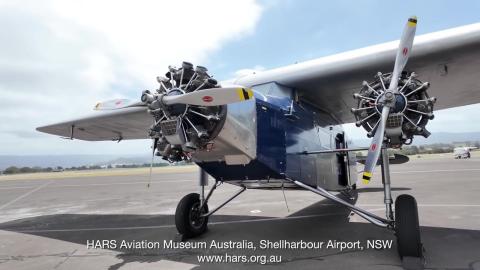
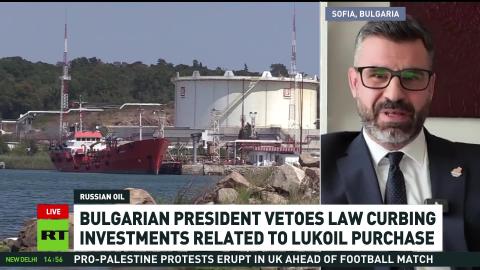



 Jelme
Jelme
 TheSaltyCracker
TheSaltyCracker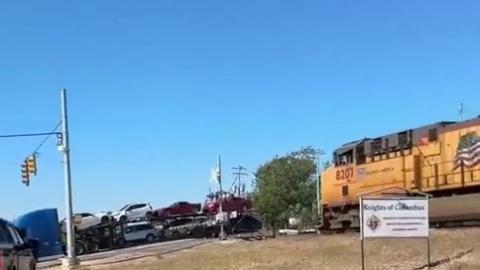

 Freshfit
Freshfit

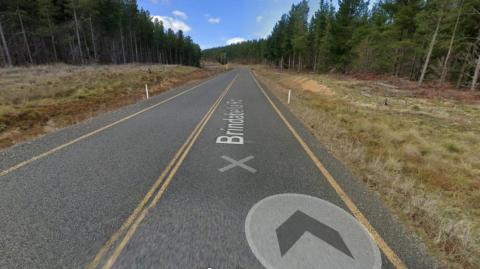



Log in to comment
That looks like a fairly worn engine, and as if it has been idling for a long time, so lots of motor oil, gets up past the rings, and into the exhaust system (it's big) and coats it with hot oily crap..... You see these BIG engines will idle very slowly - because they have a HUGE direct drive armature coupled to them - it's a GIANT fucking flywheel....
AND being 2 stroke motors - I am not exactly sure of the slow idle fuel injection and firing sequence of say a V 12 or a V 16 motor, by I could make my OLD Harley idle at around 60 RPM, because it had HUGE flywheels.. and a low compression motor...
I THINK these can be set to make ONE combustion cycle every 4 or 8 RPM - per cylinder..
So the piston - being a 2 stroke, goes
"up and down"
"up and down"
"up and down"
"up and down"
"up and down"
"up and down"
"up and down"
"up and down"
"up ----- AND ------BANG! - a really weak injection of fuel ------ then down"
And the firing cycles are spread intermittently across all 8, 12, or 16 cyclinders.
So they all stay "running warm" - but the motor oil still works it's way up past the oil control and compression rings on the piston, to wet the insides of the exhaust system.
Especially if the motor is worn.
So when they sit there idling for a while, could be for an hour, could be 4 or 5 hours... These huge clouds of smoke are all that engine oil burning off the heads, piston crowns, exhaust valves, manifolds and the exhaust system, including the turbo charger etc....
AND the smoke is VERY bad..... It makes you quite sick.